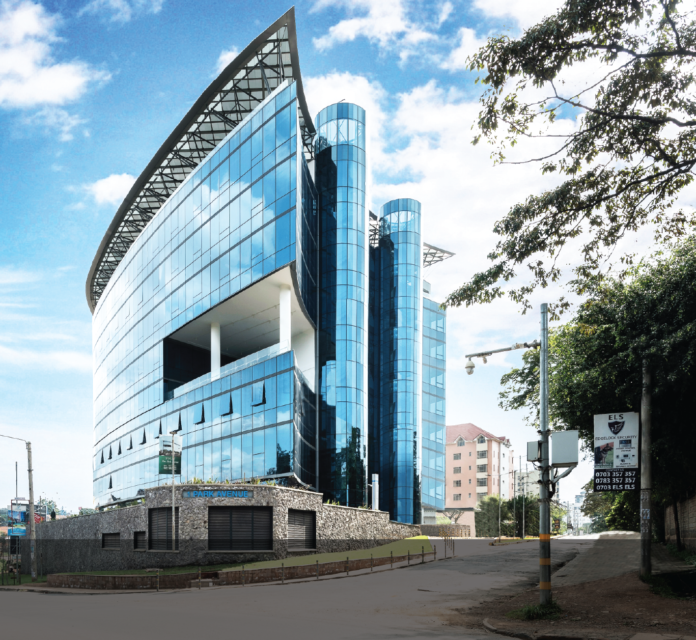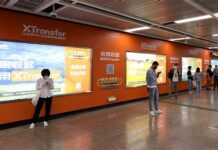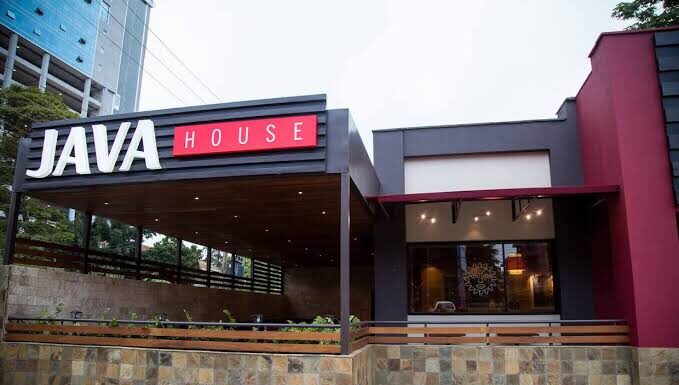I&M Group PLC, has announced a 25% increase in after-tax profit to Kshs. 5.45 billion for its 2021 Quarter 3 financial results.
Daniel Ndonye, I&M Group PLC Chairman, said:
“These results showcase the positive outcome of our strategy to drive business growth, build resilience and optimise operational efficiency across the Group. This has helped the Group to deliver a strong quarter three financial results despite the challenging operating environment caused by the ongoing pandemic. The actions taken by the Group to improve its operating efficiencies and financial returns, as well as the gradual economic recovery, have placed it on a strong upward growth trajectory.”
Key Financial Performance
During the period under review, the Group’s balance sheet and income metrics improved on the backdrop of a solid capital base and liquidity.
Balance sheet highlights
- The Group’s asset base rose to Kshs 399 billion, reflecting a 16% year on year growth due to increases in the loan book and investments in government securities.
- The Group’s loan portfolio grew by 12% to Kshs 208 billion as at 30th September 2021, up from Kshs 186 billion for the same prior year period.
- Customer deposits of the Group closed at Kshs 289 billion, or a 14% increase year on year.
- The Group’s Net Non-Performing loans stood at Kshs 7.5 billion reflecting a 11% reduction year on year, largely due to recoveries and upgrades from Non performing loans during the year.
- Shareholder’s Equity for the Group grew to Kshs 68 billion from Kshs 60 billion, owing to improved profitability during the period under review.
Income statement highlights
- The Group achieved a profit after tax of Kshs 5.45 billion which was a 25% increase year on year, supported by increased net interest income and share of joint venture profit.
- Net interest income for the Group recorded a strong growth of 34% to close at Kshs 14 billion, an increase from Kshs 10 billion in September 2020 on account of improved earnings from government securities and a reduction in interest expense.
- The Group’s total non-funded income recorded a decline of 3% to close at Kshs 6.1 billion which was down from Kshs 6.4 billion year on year.
- The Group’s operating expenses before loan loss provisions stood at Kshs 9.7 billion, an increase of 28% year on year on account of increased investment in digitisation.
- The Group’s loan impairment charges for the period stood at Kshs 2.8 billion which was an increase of 31% year on year, to cater for portfolios affected by COVID-19.
Continued investment in digital solutions
As part of its strategic intent to improve its customers’ access to digital banking services, the Group’s flagship subsidiary, I&M Bank Kenya partnered with global digital banking software provider Backbase to launch the I&M On The Go ( OTG) service. This made it the first Bank in the region to implement this award winning omni channel digital banking platform, thereby enhancing the Bank’s digital banking experience and offerings to its customers.
The Backbase platform allows customers real-time access to all the Bank’s solution offerings through mobile banking and internet banking. Furthermore, the Bank will continue to leverage the new platform’s capabilities to roll out other digital banking solutions, such as digital lending to its Personal and MSME clients as well as the automation of the MSME banking customer journey and Hire Purchase Financing.
The Group’s Tanzanian subsidiary I&M Bank Tanzania has partnered with Airtel Tanzania and YABX to launch a mobile money borrowing and/or overdraft facility service, dubbed “Kamilisha”. The partnership enables customers to complete their transactions seamlessly, even in cases where they do not have sufficient funds in their Airtel Money wallets at the time of purchase.
In Rwanda, the Group has continued to invest in its digitisation efforts for the benefit of its clients, and in recognition of this, I&M Bank (Rwanda) PLC won the Product Innovation of the Year Gold Award at the Global Finance Awards 2021 organized by the SME Finance Forum in partnership with International Finance Corporation (IFC). This was for its blockchain-powered App provided through partnership with SPENN, that enables extension of financial services to the underbanked and unbanked. In addition, they plan to roll out digital lending and saving products in a bid to diversify revenue streams and tap into new market segments.
Further, the Group has continued to make significant investments in Anti-Money Laundering, Operational Risk Management, and Fraud Management systems aimed at protecting its customers from the risk of financial crime, in light of the increased uptake of digital solutions being rolled out by the Group.
Geographic expansion
Orient Bank Uganda, which was acquired by the
Group earlier this year, has successfully been rebranded to I&M Bank Uganda Limited.I&M Group Executive Director, Mr. Sarit Raja Shah said:
“The rebranding of Orient Bank to I&M Bank Uganda marks a key milestone in the Group’s strategic journey to extend its footprint across Eastern Africa. The Group, through this integration, looks forward to seeking opportunities to invest at a local
and regional level enabling the Bank to serve the needs of customers in Uganda, while promoting trade flows within the region.”
ESG Focus
Meanwhile, the I&M Group has strengthened its long-term value for stakeholders through its commitment to Environmental, Social, and Governance (ESG) initiatives, thereby placing it in a good strategic position to align with the Central Bank of Kenya’s newly launched Climate-related Risk guidelines for the banking industry. The Group has established its ESG framework that sets out a clear implementation plan for embedding sustainability across the Group’s business operations and physical assets.
During the period under review, the Group continued to finance businesses and corporates who use, or are switching to clean energy. In addition, the Rwandan subsidiary moved its headquarters to a new energy efficient “green” building in Kigali – this uses state of art solar technology to harness and utilise sustainable energy to fulfil its operational energy requirements.



















